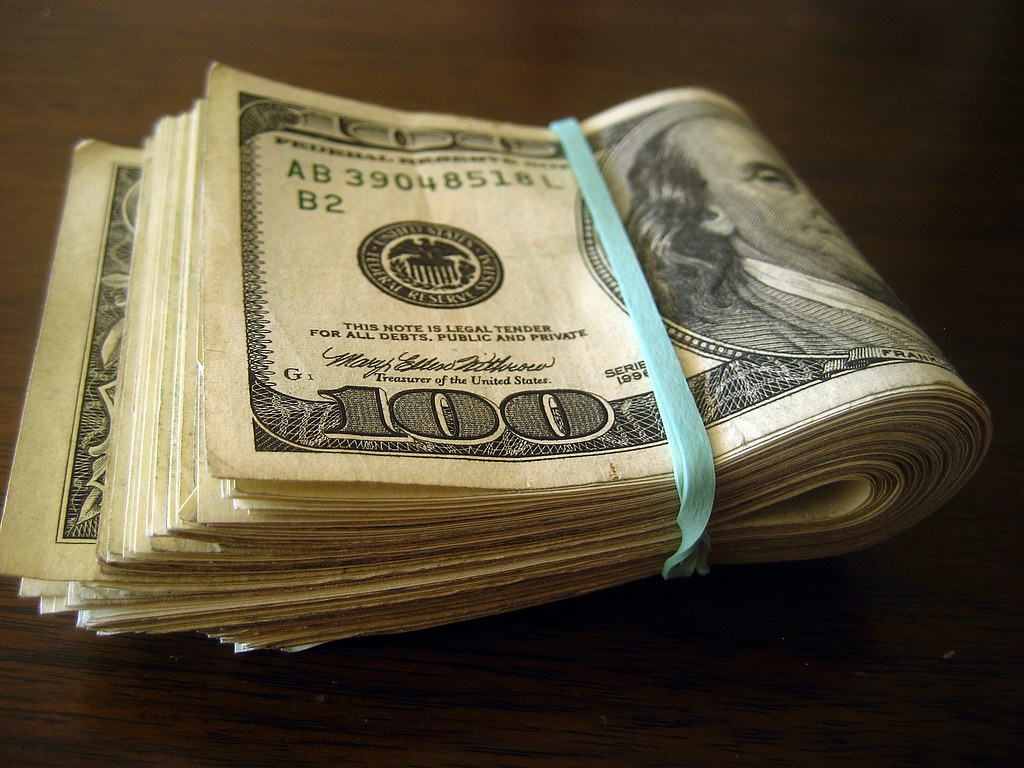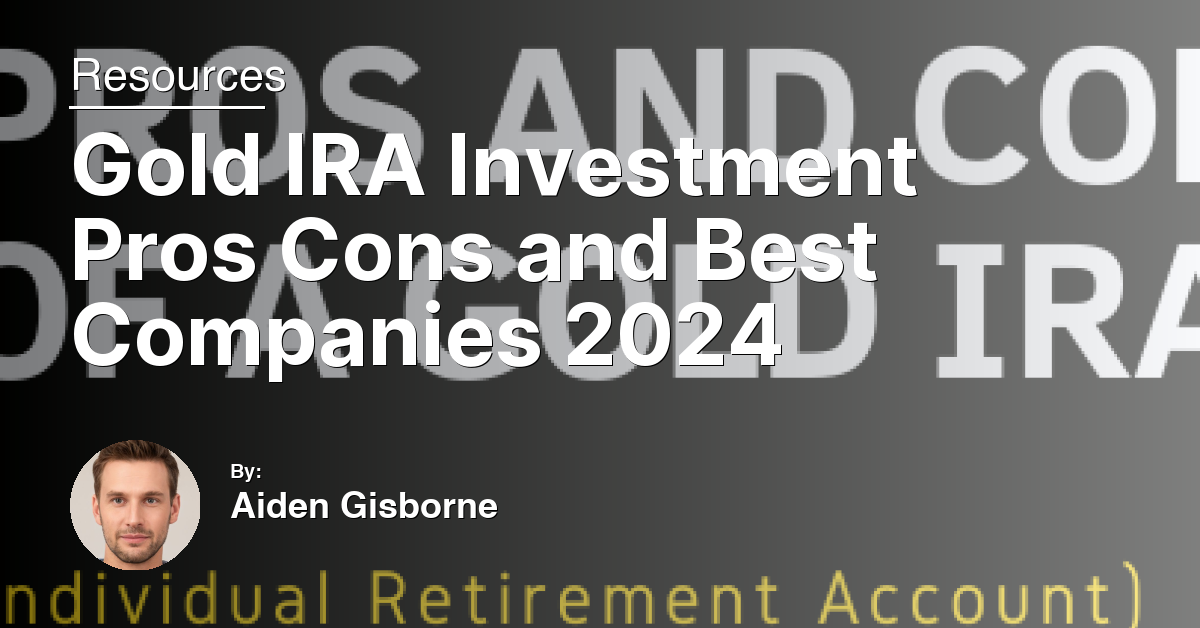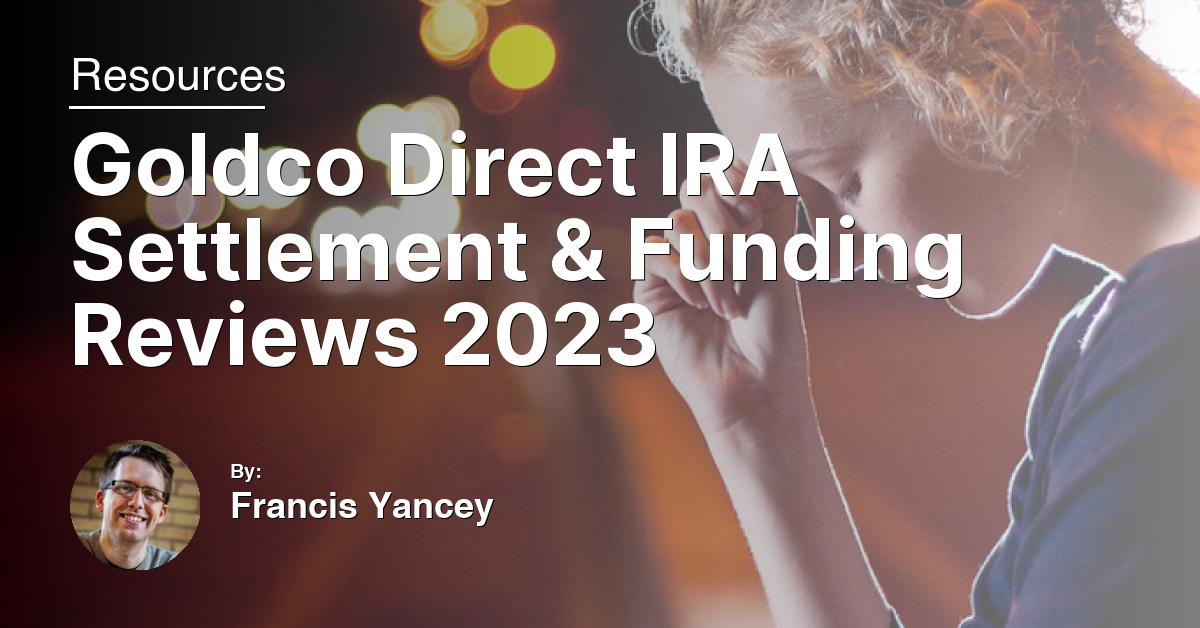In an era where financial security feels more like a mirage, diversifying one’s investment portfolio has become more crucial than ever. Among the myriad of options available, Gold, Silver, and other precious metals IRAs stand out for their historical resilience and potential to hedge against inflation. However, like any investment, they come with their own set of risks and benefits. This article delves into the nuanced world of precious metals IRA investing, providing insights into what makes these assets both enticing and daunting for investors aiming to fortify their retirement nest egg.
Introduction to Precious Metals IRAs
Precious Metals IRAs, specifically those focusing on gold, silver, platinum, and palladium, offer investors a unique opportunity to diversify their retirement portfolios beyond traditional stocks and bonds. By including physical commodities like bullion or coins, investors can hedge against inflation and financial crises, leveraging the historical stability of precious metals.
Investing in a Precious Metals IRA requires setting up a self-directed IRA through a custodian bank or broker-dealer authorized to deal in metals. The IRS mandates that these assets be stored in a secure facility. Investments can range from physical bars to eligible precious metal coins, offering a tangible asset not found in traditional retirement accounts.
This form of investment comes with its own set of risks and benefits. While providing a safeguard against economic downturns and diversification of assets, it’s crucial to consider the costs associated with storage, insurance, and custodian fees. Moreover, the commodity market’s volatility can affect prices, impacting the value of your IRA. Investors should weigh these factors and consult with financial advisors to align precious metals investments with their retirement goals and risk tolerance.
Setting Up Your Account
When setting up your Gold Silver Precious Metals IRA, choosing a reputable custodian is pivotal. This financial institution will handle the purchase, sale, and storage of your precious metals, ensuring compliance with IRS regulations. Look for custodians with a strong track record, positive Better Business Bureau ratings, and robust customer service offerings, including modern conveniences like online chat or email support.
Next, decide on the type of IRA that best suits your financial goals – whether it’s a Traditional IRA offering tax deferral, a Roth IRA for tax-free growth, or a SEP-IRA if you’re self-employed. Each has its own tax advantages and eligibility requirements.
Your account setup will also involve choosing between physical bullion (coins and bars) or securities (stocks in mining companies, mutual funds, futures contracts). While bullion offers a tangible asset, securities provide easier liquidity and potential for diversification. Keep in mind, investing in physical gold or silver requires insurance and secure storage, which can incur additional fees.
Finally, diversify your portfolio by including other precious metals like platinum and palladium. This strategy can hedge against the volatility of the commodity market and enhance the security of your investment.
Selecting a Custodian or Advisor
Selecting a Custodian or Advisor for your Gold Silver Precious Metals IRA is crucial for ensuring both the security of your investment and its compliance with Internal Revenue Service (IRS) regulations. A custodian, often a bank, broker-dealer, or a savings and loan association, holds responsibility for the safety of the physical precious metals or the financial instruments, such as mutual funds or stocks, related to them. It’s essential to choose a custodian experienced in precious metals and familiar with SEP-IRA, Roth IRA, and 401(k) plans to leverage potential tax advantages and tax deferral opportunities.
When assessing potential custodians or advisors, consider their track record for customer satisfaction, their fees, and how well they understand the role of precious metals in diversification (finance) and as a hedge (finance) against economic instability. Investigate their Better Business Bureau ratings and any customer reviews or complaints.
Ensure they offer a range of investment options, from gold and silver coins minted by reputable facilities to platinum coins and possibly even mining stocks, to suit your investment goals and risk tolerance. Selecting the right custodian or advisor can significantly impact the performance and security of your precious metals IRA.
Understanding the Costs and Fees

When investing in a Gold Silver Precious Metals IRA, understanding the costs and fees involved is crucial. These include setup fees, annual administrative fees, and storage fees. The custodian bank or firm managing your IRA typically charges these fees. It’s important to compare these costs as they can vary significantly between providers and can impact your investment returns.
Storage fees are particularly important for precious metals IRAs since physical storage in a secure facility is required. This differs from stocks or mutual funds where there are no physical assets to store. Additionally, buying and selling precious metals within your IRA may incur transaction fees.
While precious metals IRAs offer the tax advantages of traditional retirement accounts, it’s essential to consider these costs when calculating potential returns. Precious metals can provide a hedge against inflation and diversification for your portfolio, but the fees associated with a precious metals IRA can erode some of these benefits if not carefully managed. Always review the fee structure and ensure it aligns with your investment goals and timeline.
The Benefits and Risks Involved
Investing in a Gold Silver Precious Metals IRA offers a unique blend of benefits and risks that are essential for investors to understand. One significant advantage is the diversification it adds to an investor’s portfolio. Precious metals, such as gold and silver, often move inversely to stocks and bonds, providing a hedge against market volatility and financial crises. Moreover, the ownership of physical metals, like gold coins or silver bars, offers a tangible asset that can instill a sense of security not found in paper investments.
However, investing in precious metals also comes with its own set of risks. The market for gold, silver, and other precious metals can be highly volatile, with prices influenced by numerous global factors. Additionally, there are fees associated with the purchase, storage, and insurance of these metals, which can erode profits. The Internal Revenue Service (IRS) also has specific rules regarding the types of metals that can be included in an IRA, and failing to comply with these regulations can lead to penalties.
Understanding both the benefits and risks is vital for investors considering precious metals as part of their retirement strategy. Making informed decisions can help maximize potential tax advantages and ensure that the investment aligns with their financial goals and risk tolerance.
Rollover Processes Explained
Rollover processes allow investors to transfer existing retirement funds into a Gold Silver Precious Metals IRA without incurring tax penalties. Essentially, this strategy can be a tax-advantaged way to diversify your portfolio by including physical metals like gold, silver, and platinum coins, alongside traditional assets such as stocks and mutual funds.
This process involves selling your current retirement investments and using the proceeds to purchase precious metals, which are then held in your IRA. It’s crucial to choose a reputable dealer with a strong track record in metals and customer service excellence to ensure a smooth transaction.
Fees are an important consideration, as they can vary widely among providers. High fees can erode the tax advantages of an IRA, impacting the overall return on your investment. Additionally, understanding the specifics of what metals can be included in your IRA is essential, as regulations stipulate purity and authenticity standards.
By rolling over into a precious metals IRA, investors can hedge against inflation and economic downturns, leveraging the inherent security of tangible assets like gold and silver.
Investment Limits and Regulations
Furthermore, annual contribution limits to IRAs can cap how much one can invest in these metals each year, similar to traditional 401(k) plans. This could limit exposure to potential tax advantages and diversification benefits precious metals offer, especially during financial crises when metals like gold historically perform well as a hedge against market volatility.
Investors must also be aware of fees associated with Precious Metals IRAs, including setup, storage, and insurance costs, which can vary significantly between custodians. Understanding these regulations and costs is crucial for maximizing the benefits of investing in precious metals within an IRA.
Comparing Precious Metals IRAs to Other Investments
| Investment Type | Risks | Benefits |
|---|---|---|
| Precious Metals IRAs | Market volatility, storage and insurance costs | Diversification, hedge against inflation |
| Stocks | Market fluctuations, company performance | Potential for high returns, dividends |
| Bonds | Interest rate risk, credit risk | Steady income, lower volatility |
| Real Estate | Market fluctuations, property maintenance costs | Appreciation, rental income |
Conclusion: Evaluating If Precious Metals IRAs Are Right for You
Deciding if a precious metals IRA is the right choice hinges on your investment goals and risk tolerance. These IRAs offer a method to diversify your portfolio, potentially hedging against financial crises by including assets like gold, silver, and platinum coins that might hold their value better than traditional stocks or mutual funds during turbulent times.
Remember, investing in precious metals through an IRA comes with its unique set of fees, from setup to storage, which can impact overall returns. It also offers tax advantages, similar to traditional 401(k)s, allowing for potentially tax-free growth of your investment.
Before venturing into precious metals IRAs, consider your comfort level with the market’s volatility, the fees involved, and how such an investment fits within your broader financial strategy. Assessing these factors against your investment horizon and objectives will guide your decision. Always consult with a financial advisor to tailor advice to your specific situation.
F.A.Q.
Can I hold precious metals in an IRA?
Yes, you can hold precious metals in an IRA as long as they are IRS-permitted gold, silver, palladium, and platinum bullion and coins.
What is the best precious metals IRA?
The best precious metals IRA is Augusta Precious Metals.
What is the maximum contribution to a precious metals IRA?
The maximum contribution to a precious metals IRA is $7,000, or $8,000 for those age 50 and older.
Can you buy precious metals with a Roth IRA?
Yes, you can buy precious metals with a Roth IRA.

